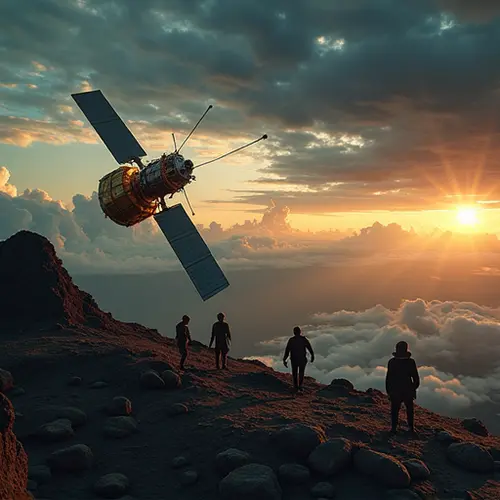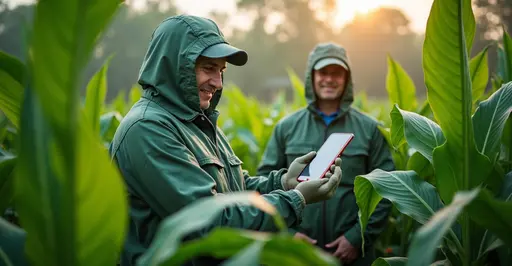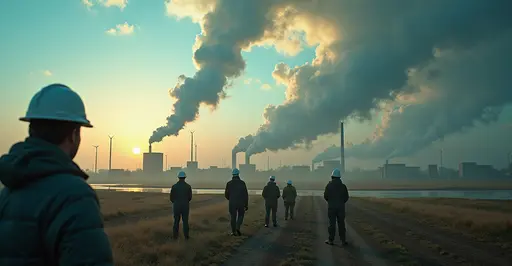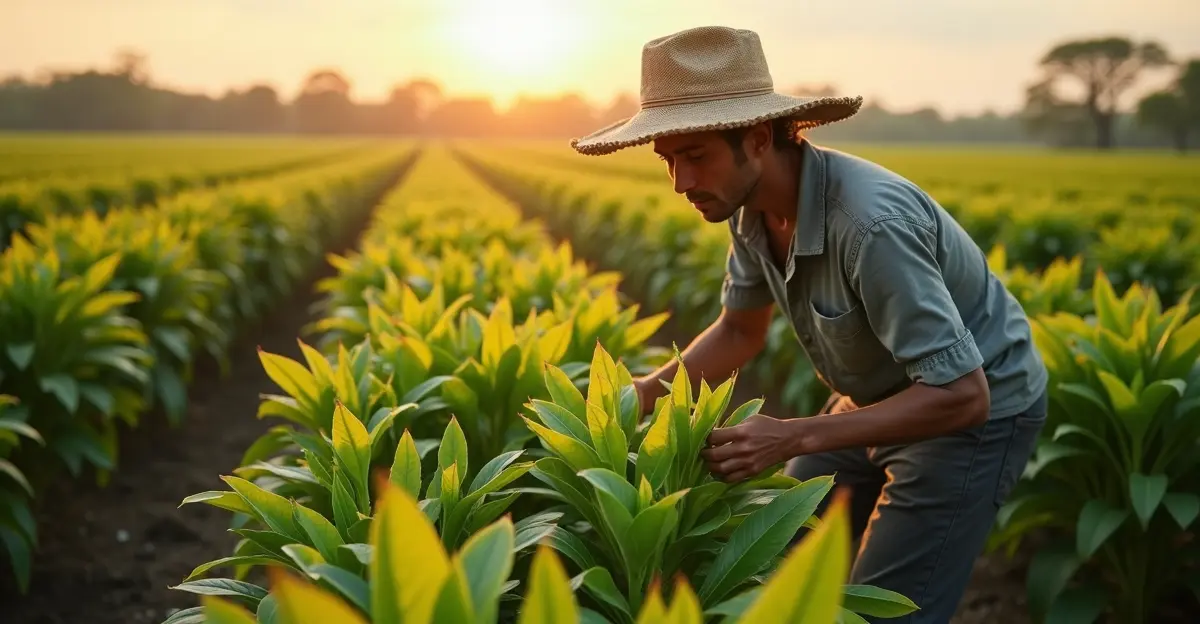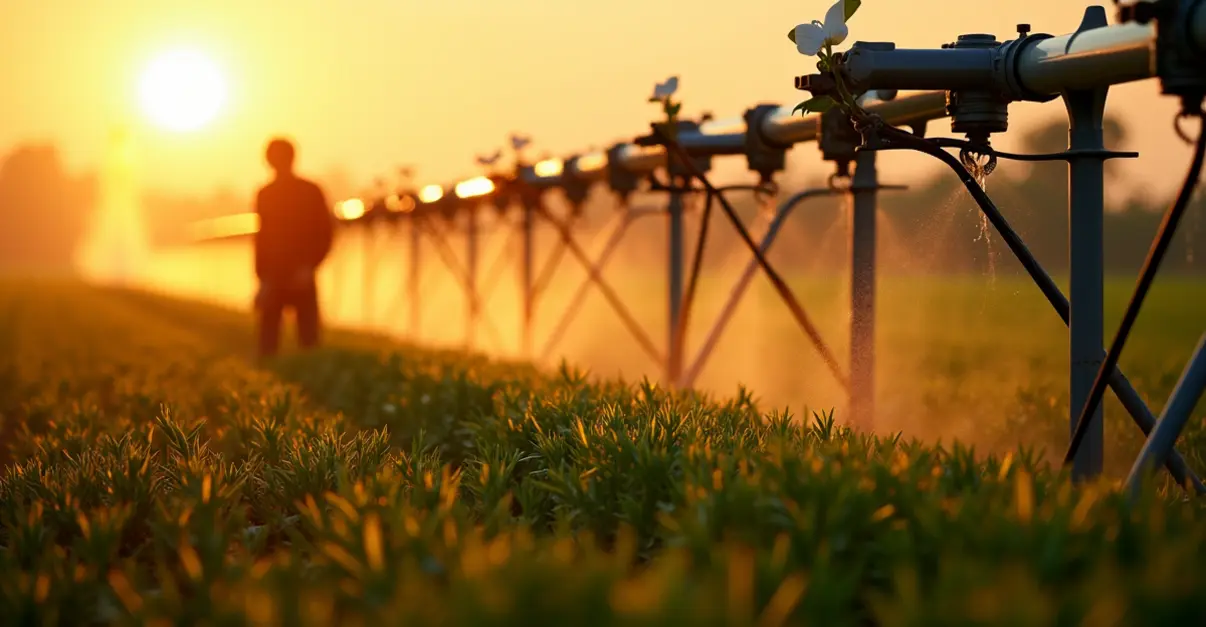Next-generation satellites are enhancing Earth observation by tracking methane emissions and crop stress with high precision. Open data access enables global collaboration for climate action and food security, with deployments expanding in 2025.
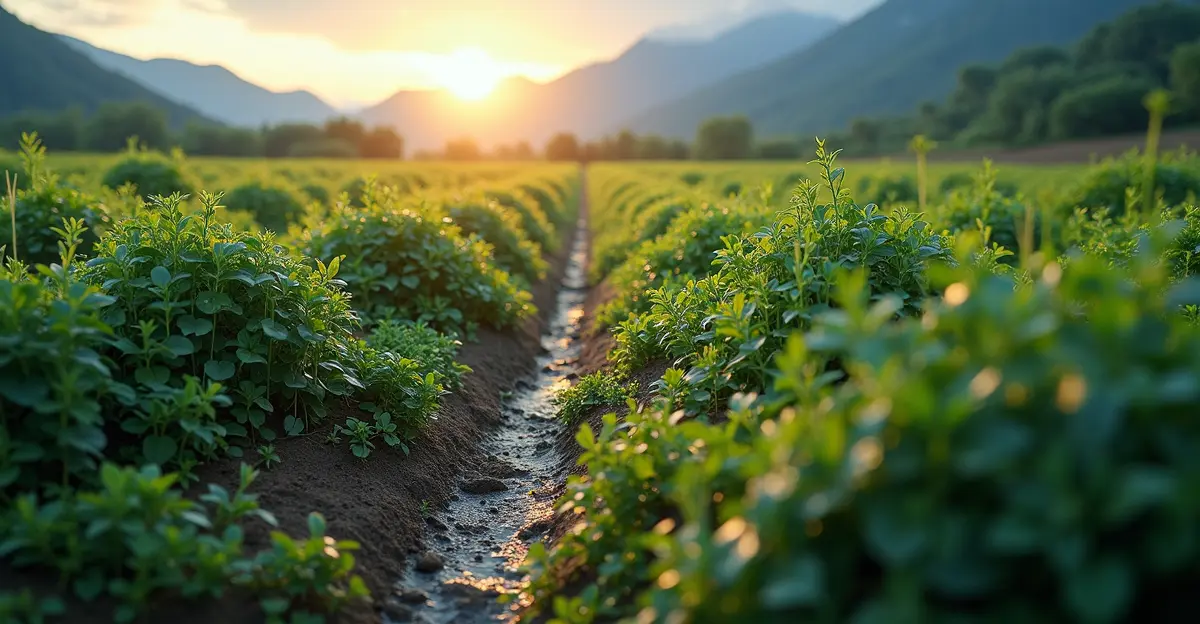
Revolutionizing Earth Observation with Advanced Satellite Technology
In a significant leap for environmental monitoring, a new generation of satellites is set to transform how we track critical issues like methane emissions and agricultural stress. Dubbed 'Weather from Space 2.0', these advanced systems leverage cutting-edge sensors and artificial intelligence to provide unprecedented data accuracy and accessibility. According to NASA, this initiative builds on decades of space-based Earth observation, but with a focus on real-time, high-resolution insights that were previously unattainable.
Methane Monitoring: A Game-Changer for Climate Action
One of the standout features of these satellites is their ability to detect methane leaks with pinpoint precision. Methane, a potent greenhouse gas, is a major contributor to global warming, and its sources—such as oil and gas facilities—have been challenging to monitor comprehensively. 'This technology allows us to identify emission hotspots in near-real time, enabling quicker responses from regulators and industries,' said Dr. Elena Rodriguez, a climate scientist at the European Space Agency. Recent studies, including those cited by the Intergovernmental Panel on Climate Change, highlight that reducing methane emissions could slow short-term warming significantly. The satellites use hyperspectral imaging to distinguish methane plumes from other atmospheric components, providing data that can be integrated with ground-based sensors for validation.
Agricultural Insights: Boosting Food Security
Beyond methane, these satellites are equipped to monitor crop health and stress factors like drought, pests, and nutrient deficiencies. By analyzing vegetation indices and soil moisture levels, farmers and agronomists can make data-driven decisions to optimize yields. 'For the first time, we have access to daily updates on crop conditions across vast regions, which is crucial for food security in a changing climate,' noted agricultural expert Mark Thompson from the Food and Agriculture Organization. This capability is particularly vital as climate change intensifies weather extremes, threatening global food supplies. The data can alert farmers to irrigation needs or disease outbreaks before they cause widespread damage, potentially reducing crop losses by up to 20%, as estimated in recent pilot projects.
Open Data Access: Democratizing Environmental Intelligence
A key pillar of Weather from Space 2.0 is its commitment to open data access. Unlike proprietary systems, these satellites will make their findings freely available to researchers, governments, and the public through platforms like Copernicus. This approach fosters transparency and collaboration, allowing startups and NGOs to develop innovative applications. For instance, apps that predict air quality or optimize farm management are already in development. 'Open data empowers communities to hold polluters accountable and adapt to environmental challenges,' emphasized Isabella Kowalska, the project lead. However, challenges remain, such as ensuring data privacy and managing the vast volumes of information generated.
Future Prospects and Global Impact
Looking ahead, the deployment of these satellites is expected to accelerate in 2025, with partnerships between space agencies and private companies like SpaceX driving down costs. The integration with AI algorithms will enable predictive analytics, such as forecasting methane spikes or crop failures months in advance. As global temperatures rise, the need for precise environmental data has never been greater. This initiative not only advances scientific understanding but also supports international agreements like the Paris Accord by providing verifiable metrics for emission reductions. With continuous improvements in satellite technology, Weather from Space 2.0 promises to be a cornerstone of sustainable development for years to come.

 Nederlands
Nederlands
 English
English
 Deutsch
Deutsch
 Français
Français
 Español
Español
 Português
Português




